Introduction
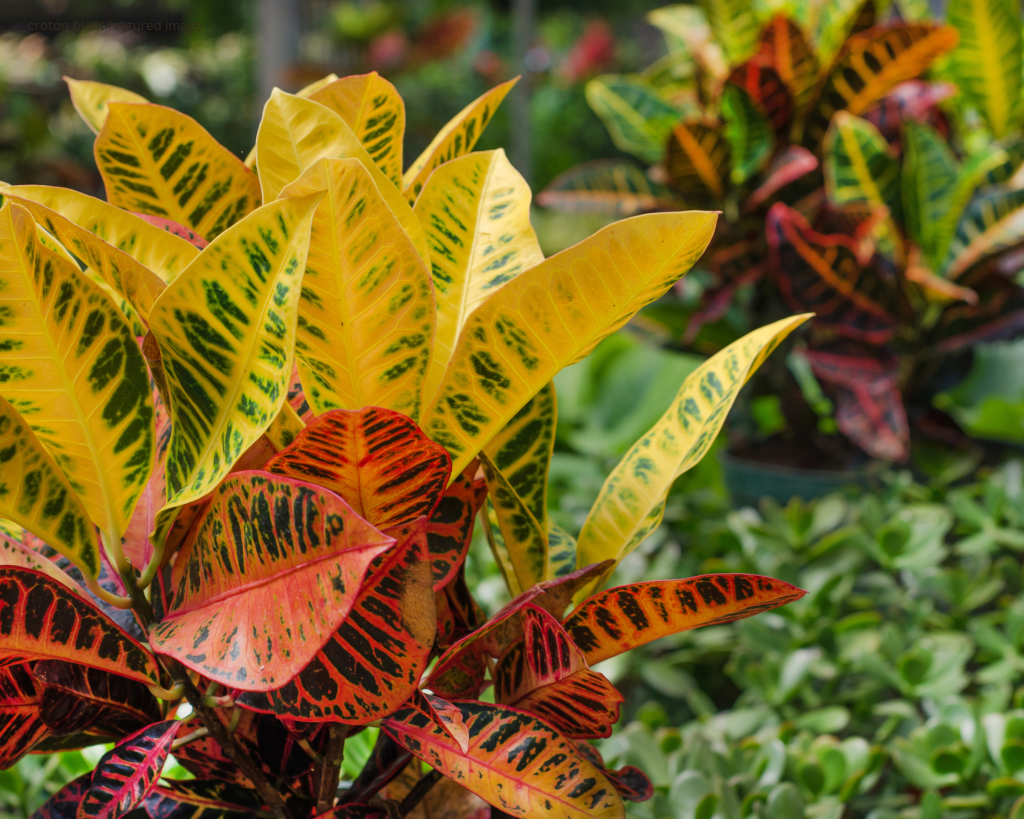
The Croton plant, known scientifically as Codiaeum variegatum, is a stunningly vibrant and colorful houseplant that has captured the hearts of many plant enthusiasts. With its broad, leathery leaves adorned in a kaleidoscope of colors—ranging from deep greens to fiery reds, oranges, yellows, and purples—the Croton plant can instantly brighten up any indoor space. Beyond its visual appeal, the Croton is relatively easy to care for, making it a popular choice for both novice and experienced gardeners.
Origins and Varieties
Crotons are native to the tropical forests of Southeast Asia and the Western Pacific islands. There are many varieties of Croton plants, each with its own unique color patterns and leaf shapes. Some popular varieties include:
Petra: Known for its large, glossy leaves with green, yellow, and red veins.
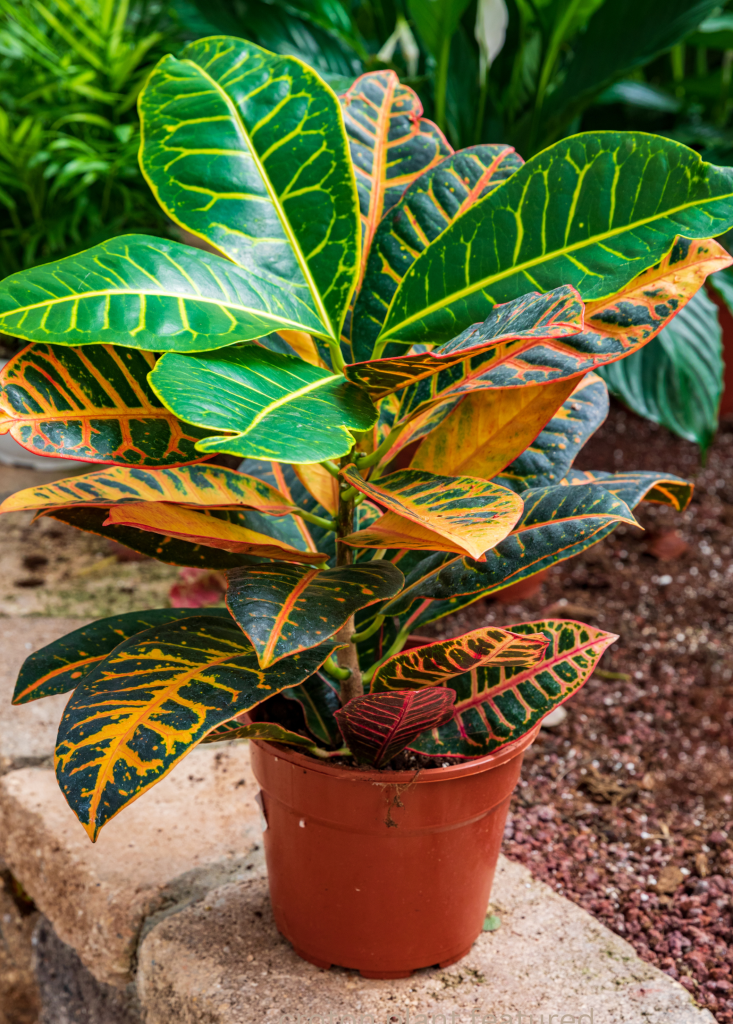
Gold Dust: Features dark green leaves speckled with yellow spots, resembling gold dust.
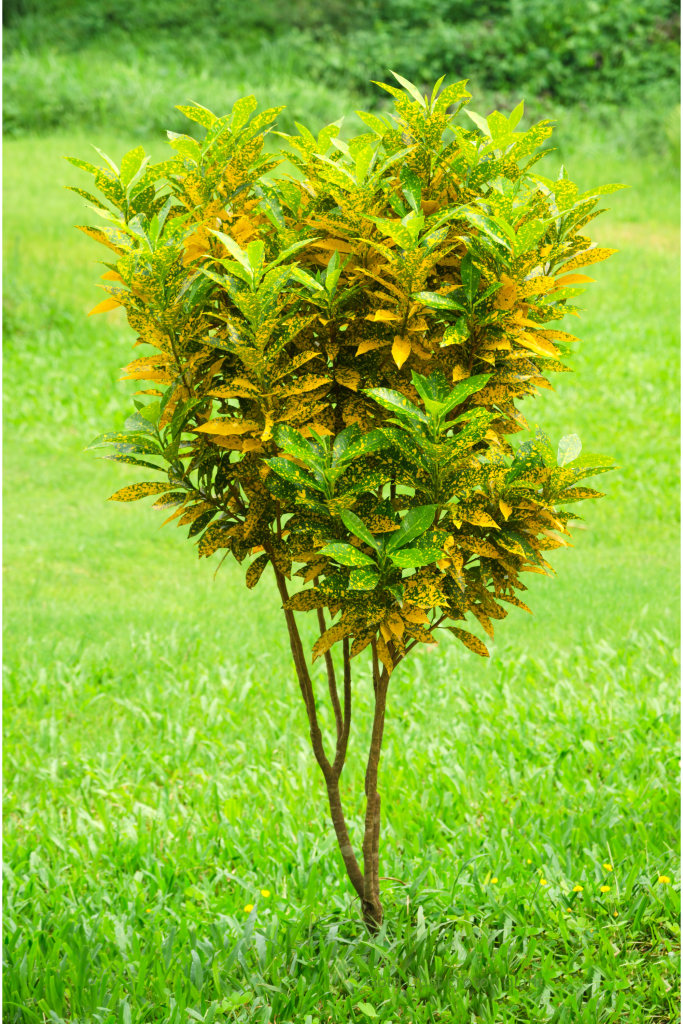
Mammy: Recognizable by its twisted, curly leaves that showcase a range of colors from red to yellow to green.
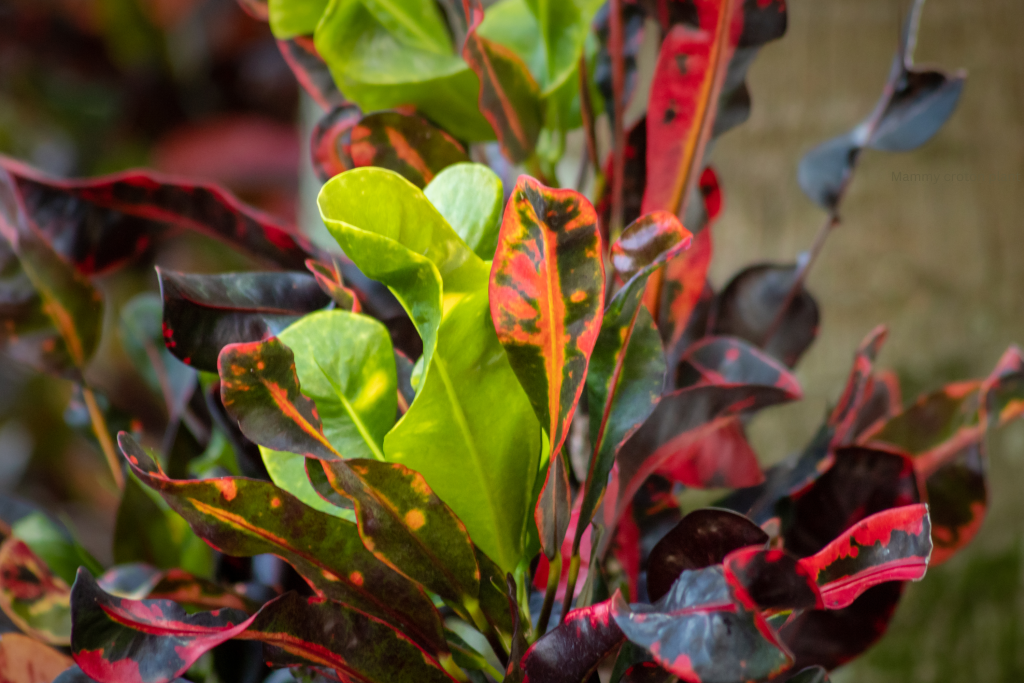
Red Iceton: Has broad leaves that change color from green to vibrant red as they mature.
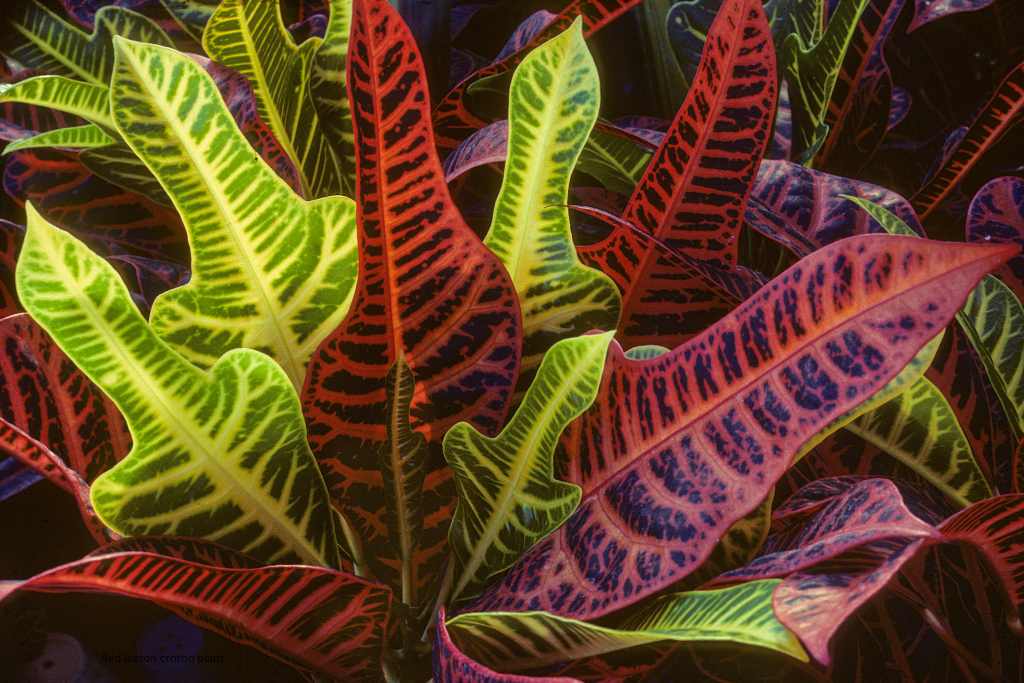
Caring for Your Croton Plant
While Crotons are relatively low-maintenance, they do have specific requirements to thrive. Here’s a comprehensive guide to help you care for your Croton plant:
Light
Crotons thrive in bright, indirect light. They need plenty of light to maintain their vivid colors. If your Croton is not getting enough light, its colors may fade, and it could become leggy. However, direct sunlight can scorch the leaves, so it’s best to place your plant near a window where it can receive filtered sunlight.
Watering
Crotons prefer consistently moist soil but do not tolerate waterlogged conditions. Water your Croton when the top inch of soil feels dry to the touch. Ensure your pot has drainage holes to prevent root rot. During the growing season (spring and summer), you may need to water more frequently, while in the dormant season (fall and winter), reduce the watering schedule.
Humidity
As tropical plants, Crotons love humidity. If the air in your home is dry, especially during the winter months, consider placing a humidifier near your plant or using a pebble tray with water to increase the humidity around it. Regular misting can also help keep the leaves vibrant and healthy.
Temperature
Crotons thrive in warm temperatures ranging from 60°F to 85°F (15°C to 29°C). They do not tolerate cold drafts or sudden temperature changes, so keep them away from windows and doors that may let in cold air.
Soil
A well-draining potting mix is essential for Crotons. You can use a standard houseplant potting mix with added perlite or sand to improve drainage. This helps prevent waterlogging, which can lead to root rot.
Fertilization
Feed your Croton plant with a balanced, water-soluble fertilizer every 4-6 weeks during the growing season. Fertilizing helps promote vibrant leaf colors and healthy growth. Reduce feeding during the fall and winter months when the plant’s growth slows down.
Pruning
Pruning is not typically necessary for Crotons, but it can help maintain their shape and encourage bushier growth. Remove any dead or yellowing leaves and trim back any leggy stems to keep your plant looking full and healthy.
Common Problems and Solutions
Leaf Drop
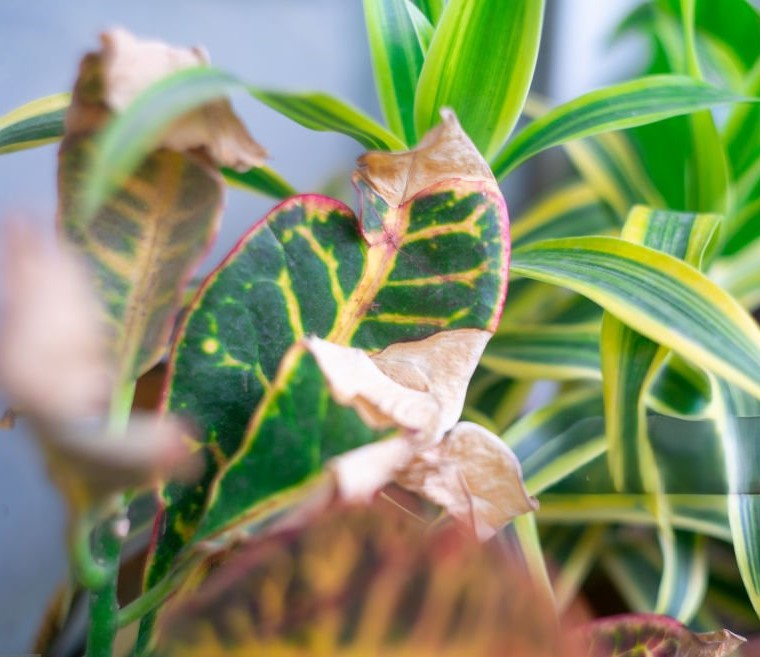
One of the most common issues with Croton plants is leaf drop. This can occur due to sudden changes in temperature, light, or humidity. To prevent leaf drop, try to keep the environmental conditions consistent and avoid moving your plant too frequently.
Pests
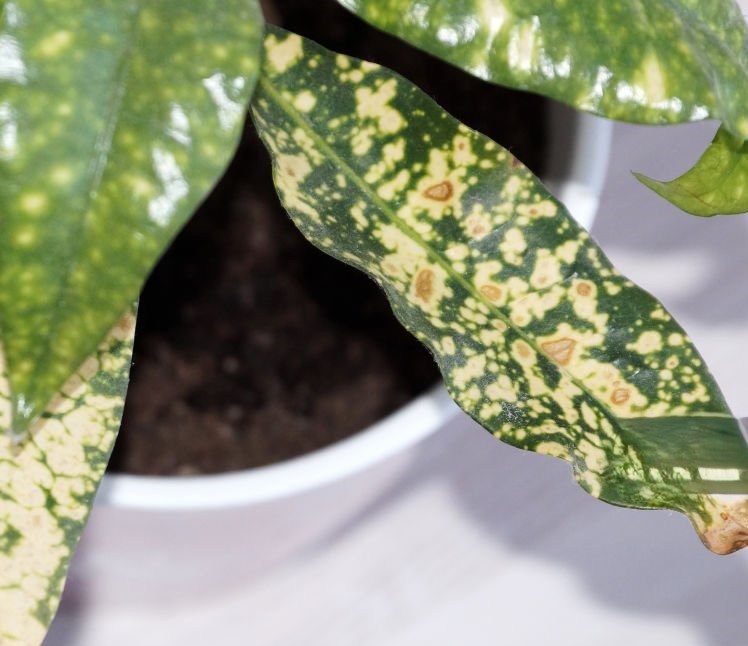
Crotons can be susceptible to pests such as spider mites, mealybugs, and scale. Regularly inspect your plant for signs of pests and treat infestations promptly with insecticidal soap or neem oil.
Color Fading
If your Croton’s colors are fading, it may not be receiving enough light. Gradually move your plant to a brighter location, ensuring it gets plenty of indirect sunlight.
Conclusion
The Croton plant is a beautiful addition to any home, bringing a splash of color and a touch of the tropics indoors. By providing the right care—adequate light, proper watering, sufficient humidity, and a warm environment—you can enjoy the vibrant foliage of your Croton for years to come. Whether you’re a seasoned plant parent or a beginner, the Croton plant is sure to be a delightful and rewarding plant to grow.



